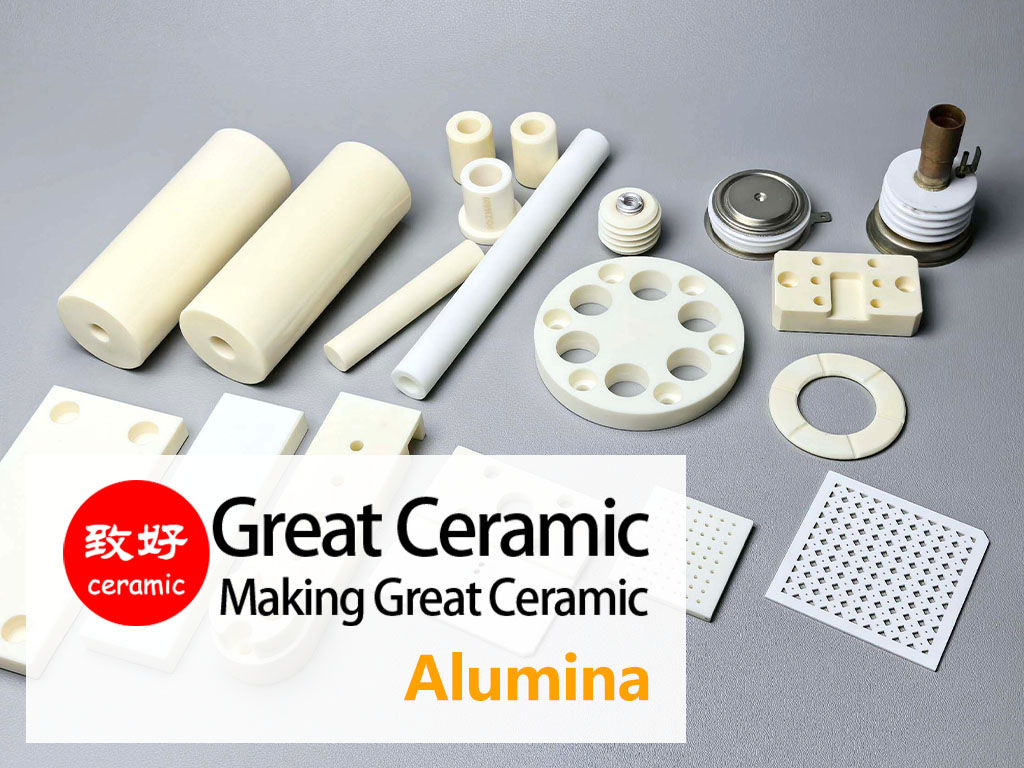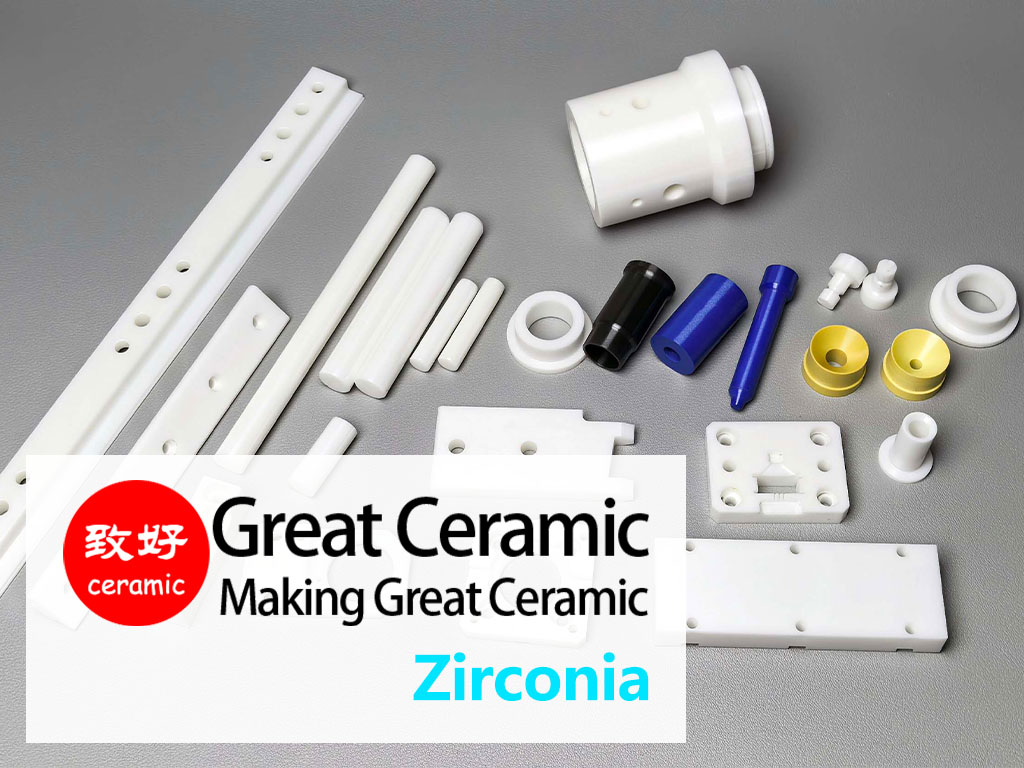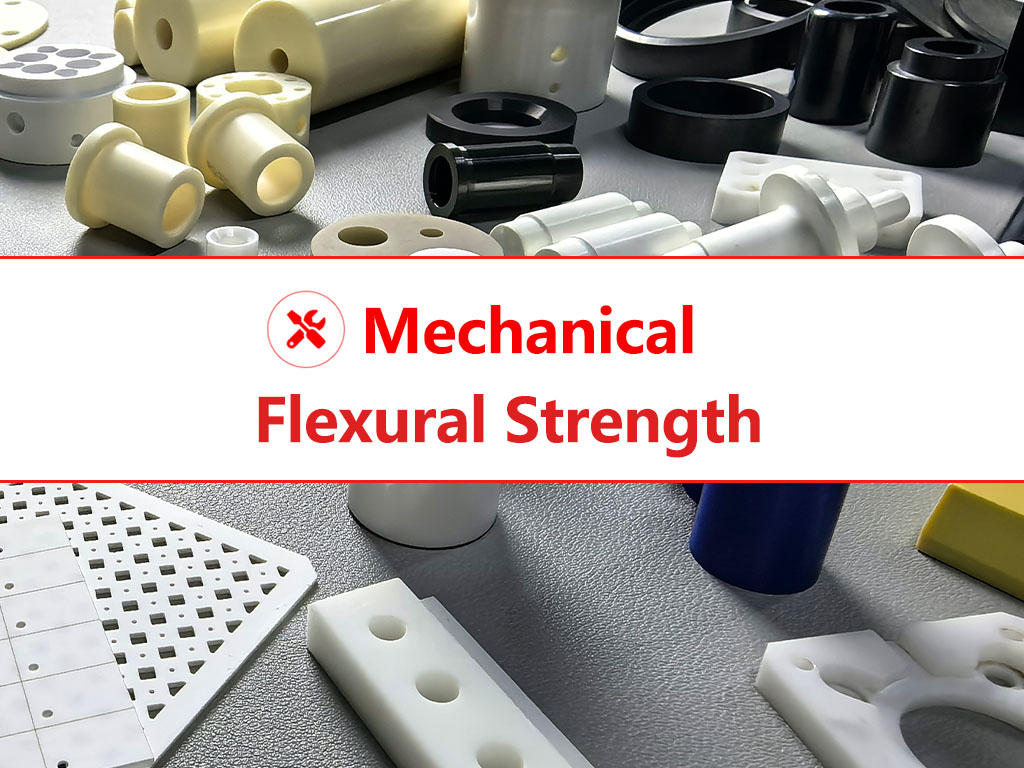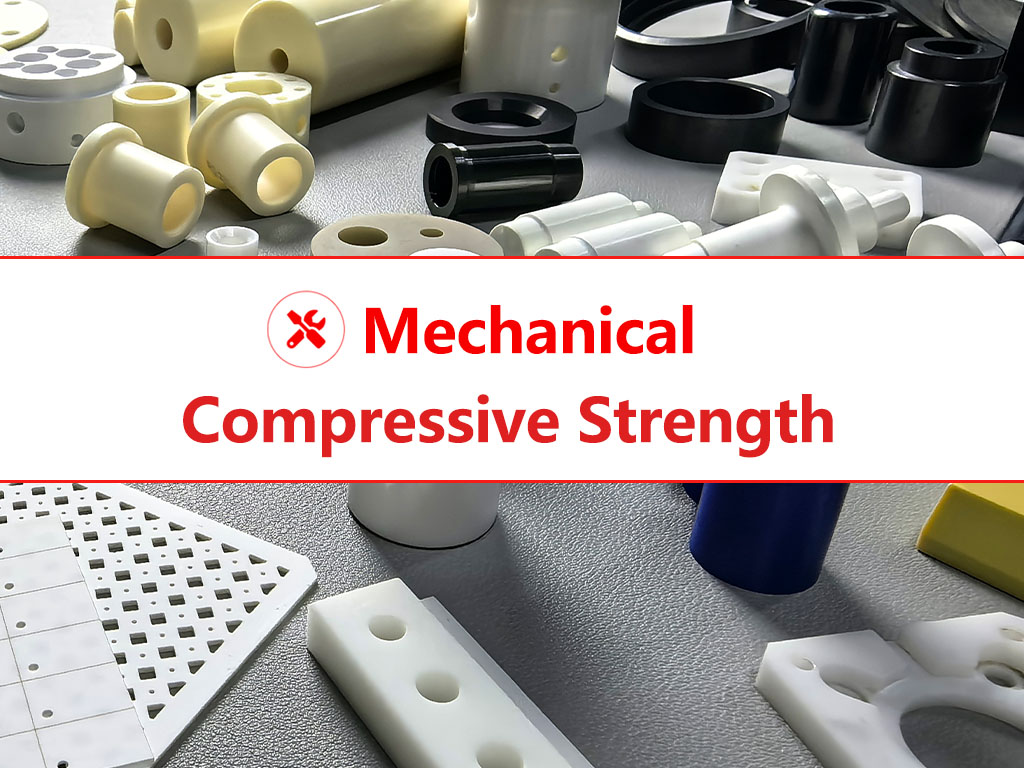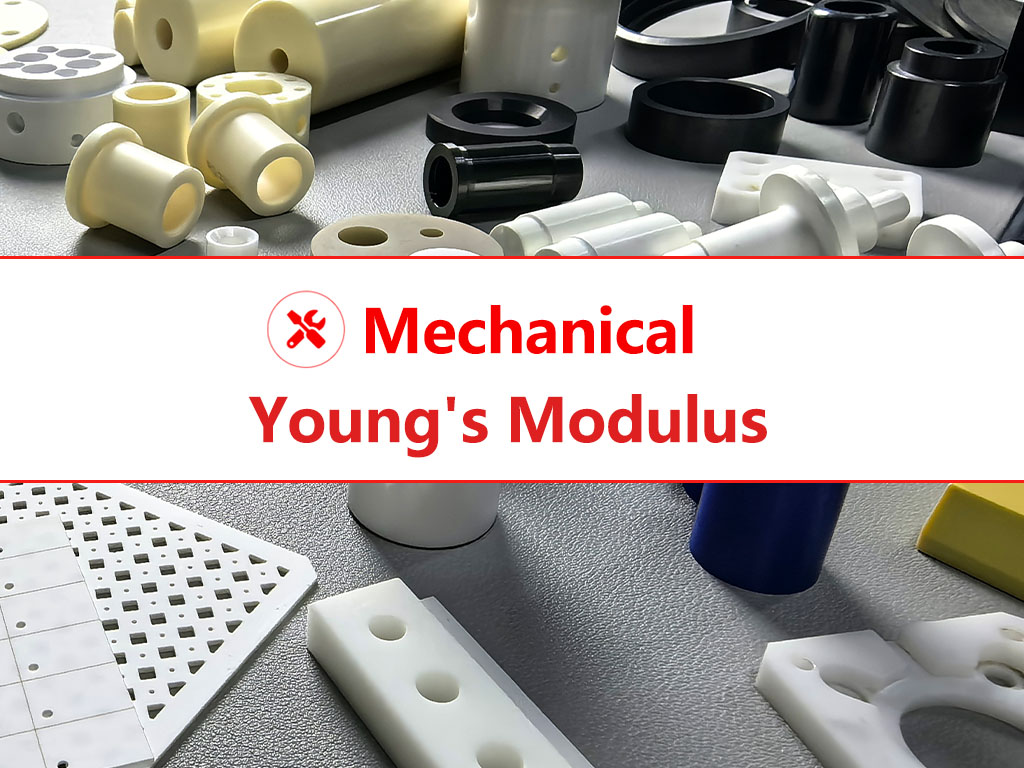Hardness of Advanced Ceramics
Advanced ceramics are known for their exceptional mechanical properties, with hardness being one of their most notable and valuable characteristics. Hardness plays a vital role in wear resistance, surface durability, and dimensional stability in high-performance applications in aerospace, electronics, medical, and industrial fields. This article explores the concept of ceramic hardness, compares it to metals and plastics, and provides detailed hardness data for key ceramic materials.
Skip to
Data | Comparison | Applications | FAQs | Related
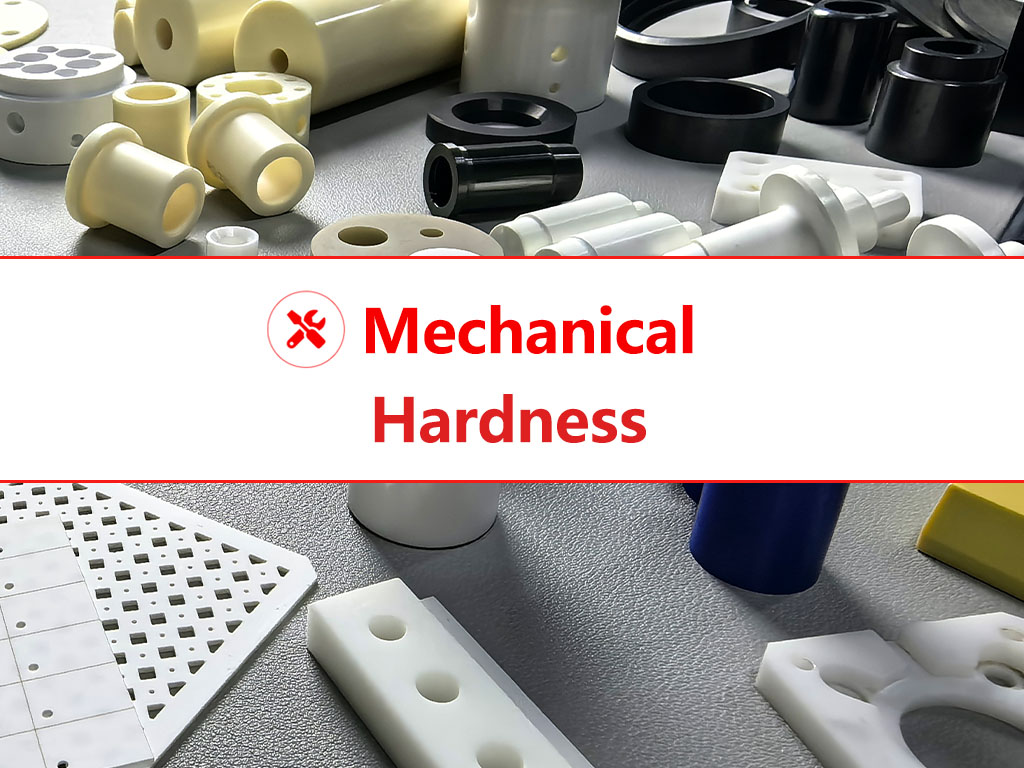
What is Hardness?
Hardness is the resistance of a material to localized plastic deformation such as indentation, scratching, or abrasion. For ceramics, the Vickers Hardness (HV) test is commonly used. In this test, a diamond pyramid-shaped indenter is pressed into the surface of the material under a standard load. The smaller the indent, the harder the material. Due to their strong ionic/covalent bonding and tightly packed crystal structures, advanced ceramics exhibit hardness levels that far exceed most metals and polymers.
Tips: High hardness does not mean high toughness. For example, silicon carbide and aluminum oxide are very hard, but they are more brittle than metals and are easy to crack.
Why Hardness Matters in Advanced Ceramic Applications
Hardness Data of Key Advanced Ceramics
| Ceramic Material | Vickers Hardness (HV) | Mohs Hardness | Notes |
|---|---|---|---|
| Silicon Carbide (SiC) | 2,500 – 3,100 | 9.5 | Excellent wear resistance |
| Alumina (Al₂O₃) | 1,800 – 2,200 | 9 | Affordable and highly durable |
| Silicon Nitride (Si₃N₄) | 1,400 – 1,800 | 8.5 – 9 | Tough and thermally stable |
| ZTA | 1,500 – 1,800 | – 9 | Combines hardness and toughness |
| Zirconia (ZrO₂) | 1,200 – 1,400 | 8 – 8.5 | High toughness, moderate hardness |
| Beryllium Oxide (BeO) | 1,200 – 1,400 | ~9 | High thermal conductivity |
| Aluminum Nitride (AlN) | 1,100 – 1,300 | ~8.5 | Thermally conductive |
| Machinable Glass Ceramic | 450 – 600 | ~6 | Easy to machine |
| Boron Nitride (h-BN) | 25 – 40 | 2 | Very soft, lubricating behavior |
*Data is for reference only.
Need Help Choosing the Right Ceramic?
Selecting the right ceramic material is crucial to ensuring long-term reliability and optimal performance. Whether you require zirconium oxide, silicon nitride, or alumina-based ceramics, our materials offer industry-leading strength, durability, and precision.
Our technical team is here to assist you—contact us today for expert, customized advice tailored to your specific needs.
Hardness Comparison Chart: Ceramics, Metals, and Plastics
he following bar chart presents the Vickers Hardness (HV) of various engineering materials — from superhard ceramics to common industrial plastics, ranked from hardest to softest.
*Data is for reference only.

